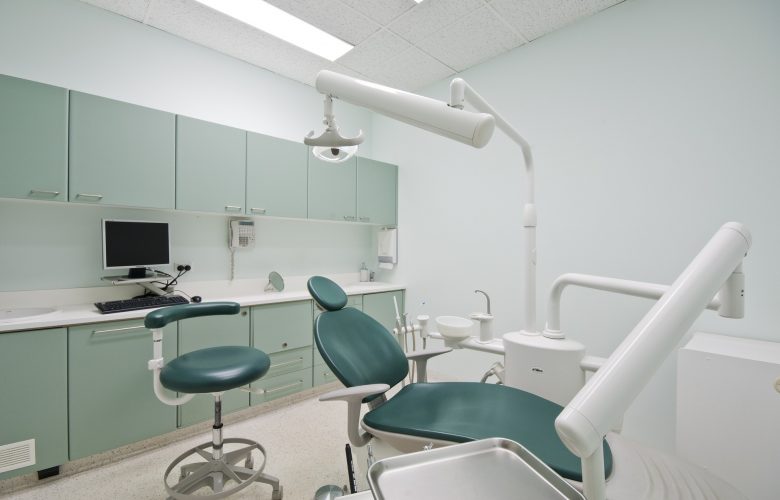The successful outcome of orthodontic therapy and, in particular, of dental surgery, in addition to the clinical quality of treatment, depends on the proper prevention of any complications linked to infection, which could compromise the outcome of the operation. This is why the surgeon usually prescribes patients a course of preventive antibiotic treatment, to lower the bacterial load, which tends to colonize the site treated and the surrounding areas. In fact, antibiotic treatment is not always compulsory: it is up to the surgeon to decide whether to prescribe it or not, based on the patient’s clinical condition and the type of treatment, therefore assessing the situation on a case-by-case basis. For further and more specific information on all things about dental surgery, consult this highly recommended dentist in Greenbelt for a professional opinion.
Antibiotic Treatment
Preventive antibiotic treatment is a pharmacological treatment to all intents and purposes: this means that, like all medication, it has indications and contra-indications. Recommendations include the observance of hygiene and sterility standards before, during, and after surgery. Correct compliance with hygiene standards requires a series of best practices. They should be applied with pedantic precision. Do not entail any particular inconvenience for the medical operatives. The use of products for dental clinic disinfection and operating room sterilization should constitute an automatic and immediate modus operandi or for the patient, who is asked to follow the instructions received from the operatives.
Dental Surgery
In dental surgeries, there is a distinction between clean surgery and sterile surgery. There is a further distinction in orthodontics and dentistry since the oral cavity can under no circumstances be considered to be completely sterile: for this reason, dental surgeries are classified as clean-contaminated procedures. In any case, aside from the surgical activity in itself, it is the operating protocol that is defined as clean or sterile.
Operating Room
The protocol is referred to as sterile when the preparation of the patient and the operators is carried out outside the operating room. This protocol requires the cleaning and disinfection of the operating room activities to be carried out by suitably trained operators. Usually, two operators do this. They must:
- wear dedicated clothing and devices, such as a mask, a hair cap, dedicated shoe covers;
- wash their hands and forearms, from their elbows to their fingertips, first with a soapy solution, and then with a specific iodopovidone solution;
- dry them using sterile cloths;
- put on a sterile gown and sterile gloves.
This procedure, in addition to the two operators, requires the presence of two more operators: one to help the first two unwrap the sterile material and put on the gowns, and the other, also sterile, to handle the unwrapped material.
The protocol for clean preparation, which does not represent a simplified version of the sterile one but rather an alternative, requires the same procedure for hand washing and putting on sterile gloves; however, a sterile gown is not required, rather a disposable one. This will reduce the number of instruments needed. Therefore the use of a smaller quantity of sterile sheets will be required.
